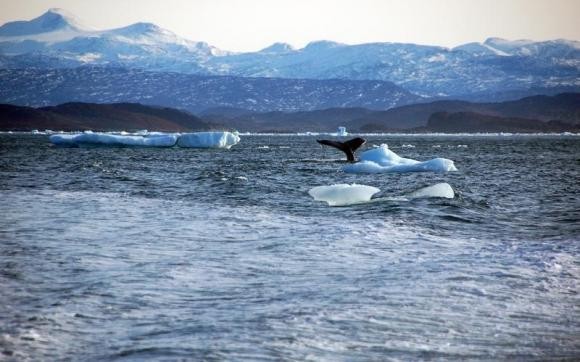The arctic sea has reached its lowest ice maximum extent in 2014-2015, the National Snow & Ice Data Center revealed March 19. On top of this, sea ice was able to hit its maximum limit in decades, two weeks prior. It happened when the unusually stormy weather and cold air occurred across the Canada and the United States this year.
Normally, the Arctic sea ice would grow during the cold months with the most ice coverage around Marc 12; this is what typically happens in the last couple of decades. However, Arctic sea has been recorded to be melting since Feb. 25.
What could this mean?
Every winter, the Arctic sea ice increases in quantity as the temperature cools down. Normally, ice would grow in the winter and fall months, and would gradually melt during the summer and spring months. This particular cycle is what is happening since 1979, when scientists started to monitor the growth of ice and its speed of melting.
The ice in seas grew to 5.61 million square miles on Feb. 25. If we are to add 425,000 square miles more of sea ice to the existing amount in the arctic today, we will be able to achieve the sea ice extent that it experienced from 1981 to 2010.
The lowest sea ice extent in the Arctic before 2014 to 2015 was in 2011 to 2012, when the sea ice was around 50, 000 square miles more than this year's maximum. The reduction of sea ice this year could be compared to the combines area of California and Texas, the Mashable reported.



























